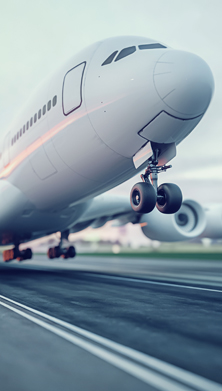As UAS ownership grows so will expectations around safety education. Operators should make this a top priority and obtain the necessary training and experience to competently pilot their UAS.
Training is crucial to reducing the number of incidents and operators should focus on flight time calculation, meteorology, security checks for aircraft navigation systems, emergency instructions, and air traffic law. For businesses, additional training should include on-board camera image uses, flight communications and planning, system maintenance and a host of other technological issues. Even basic safety checklists can help.
In many countries UAS registration is not required, causing problems for insurers and claimants. Identification of both UAS and operator will be essential for maintaining proper liability in future. Introduction of car registration-style schemes will help.
Insurance can protect both operators and the public from risk of mid-air collision, as well as physical or property damage or injury to others. Manufacturers, owners and operators of UAS are exposed to a number of risks, as are businesses which sell and service UAS.
If growth projections for the commercial UAS industry in the US materialize, there is potential for the drone insurance market to be worth $500m+ by end of 2020. Globally, its value could be approaching $1bn5.


















